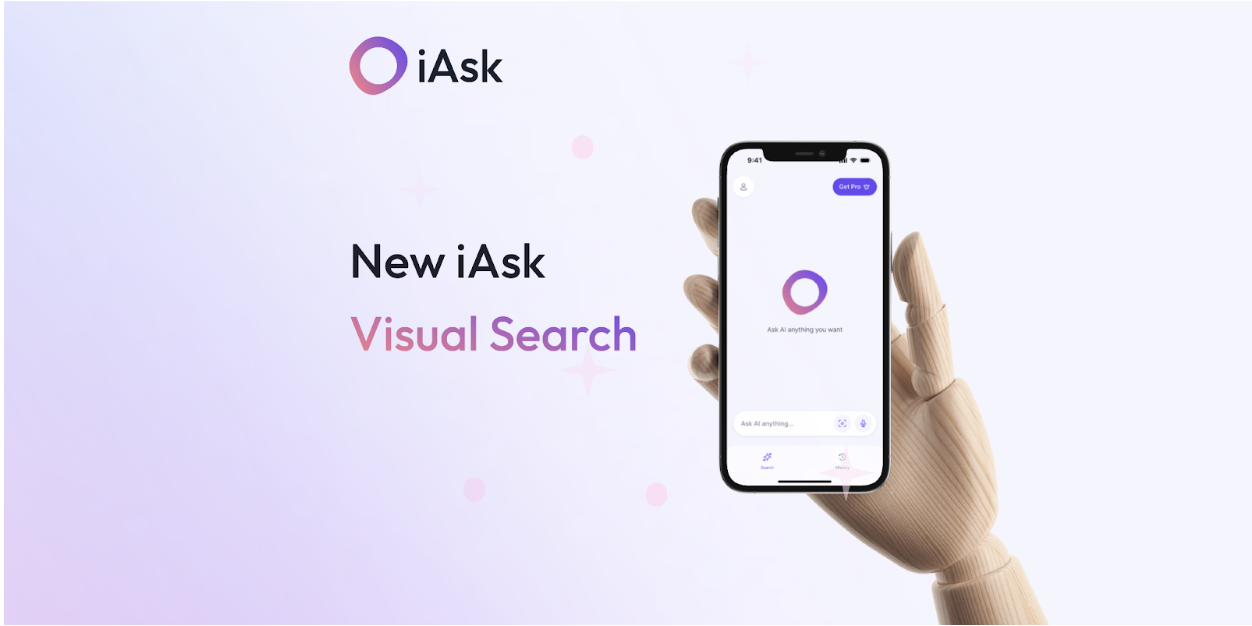Tech
What You Need to Know about Non-Fungible Tokens

After Beeple sold his “Everydays: the First 5000 Day” digital-only artwork at Christie’s auction house for $69 million, non-fungible tokens, or NFTs for short, stole the show and became one of the hottest topics for discussion in the crypto space. But what are NFTs and what makes them so unique and valuable? Let’s find out together.
Non-fungible tokens are viewed as cryptographic assets on blockchain with special and unique identification codes as well as metadata that enable you to differentiate them from each other. When comparing fungible vs. non-fungible tokens, it is worth noting that NFTs can be neither traded nor exchanged at equivalency — and this is exactly what differs theme from fungible tokens, e.g. cryptocurrencies backed by gold, or silver, which are normally used as a means of exchange when dealing with commercial transactions.
NFTs, for their part, have managed to upend the crypto paradigm by making each and every token unique and irreplaceable — therefore all non-fungible tokens cannot be equal to another at all. As well as this, it is possible to extend NFTs, which means that you are enabled to combine a particular non-fungible token with another in order to literally “breed” a third unique token.
However, just like Bitcoin NFTs possess ownership details for easier identification and smooth transferring between token holders. In addition, owners can provide in NFTs extra details like metadata as well as other information related to the asset. For example, artists can provide a signature to their digital artwork in the metadata.
Non-fungible tokens can be created on the Ethereum blockchain but developers say that soon some other blockchains will support NFTs too. As a matter of fact, NFTs evolved from the ERC-721 standard which defines the minimum interface needed for exchange and distribution of gaming tokens. Another token standard, which is ERC-1155, is used for reducing the transaction and storage costs needed for non-fungible tokens and batching several types of NFT tokens into one single contract.
A non-fungible token can be implemented in a number of use cases. So, for instance, they are considered to be a perfect match when representing various physical assets such as real estate property, works of art, music, and so on. Considering the fact that NFTs are dependent on blockchain technology, they can be used to do away with costly middlemen services, substantially simplify transactions, and contribute to the creation of new markets.
For the time being, much of today’s market for non-fungible tokens is concentrated around collectibles, including digitally created works of art, sports cards, rarities, video games, music, virtual real estate items, and so on. Currently, one of the most popular NFT spaces is NBA Top Shot, which is a place where you can collect non-fungible tokenized NBA moments in the form of digital cards.
Non-fungible tokens are considered to be a true evolution over the familiar concept of cryptocurrencies. The present-day finance systems comprise elaborate trading and loan systems for a large number of assets, ranging from real estate to art. Probably, one of the most clear-cut benefits of non-fungible tokens is market efficiency. Thanks to the conversion of a real, physical asset into a digital one, it is more than possible to boost strenuous processes and do away with any intermediaries. NFTs that represent a digital artwork on the blockchain are capable of removing the need for agents, thus enabling artists to sell their works directly to their audiences.
As well as this, non-fungible tokens are also capable of democratizing investing via fractionalizing physical assets such as real estate. It goes without saying that it is much easier to divide a digital real estate among a particular number of owners rather than a physical one. This practice can be extended to works of art, video games, and music too.
On the whole, non-fungible tokens are a real power and they have a tremendous capacity to shape our view of the possible. They have become a new plaything for crypto enthusiasts and there is surely real money to be made. If you want to engage in this exciting game too, it is better to trust non-fungible token development to a professional blockchain development team who will take the trouble to make your NFT campaign a success.
Tech
How iAsk Visual Search Captures and Delivers Detailed Insights from the World You See

Byline: Shem Albert
There are moments when the world around you sparks curiosity, yet you do not even know the word for what you are seeing. You describe it in painstaking detail, type and retype, scroll through search results, hoping something matches. Minutes pass, sometimes longer, just to uncover a simple answer. That experience of encountering something unfamiliar and struggling to put it into words is all too common, yet often goes unnoticed. With a single photo, however, everything changes. iAsk Visual Search bridges that gap. Suddenly, the mystery becomes an opportunity to learn, experiment, or act in the moment.
Turning Discovery into Action
Using iAsk Visual Search is simple, yet the possibilities it opens up are immediate. You open the app and snap a photo of the object, diagram, or scene that has caught your attention. Instantly, the app identifies what it sees and provides context, turning a moment of curiosity into a starting point for exploration. From there, you can ask follow-up questions to dig deeper, consider alternatives, or uncover how something works in practical terms.
This goes far beyond basic identification. Where traditional image recognition might simply name an object or offer a brief description, iAsk lets you continue the conversation. It remembers the image, so you can explore multiple layers of information without starting over. What begins as a single observation quickly expands into actionable insights you can apply immediately.
Real-World Applications in Everyday Life
The real test of significance for iAsk Visual Search is how it is used in a user’s everyday life. Novice cooks and experienced chefs can rely on it to identify an unfamiliar ingredient and ask follow-up questions, such as preparation tips, cooking methods, or possible substitutions. Users can experiment with complementary flavors or adapt recipes based on what is available in their pantry, reducing hesitation and encouraging culinary creativity.
A quick snapshot of a street sign, menu, or product label in a foreign language is another way iAsk Visual Search supports everyday tasks. Users can ask follow-up questions to clarify translations, understand cultural context, or receive practical guidance. This enables individuals to navigate unfamiliar environments with confidence and ease.
These examples illustrate how iAsk Visual Search can become a versatile companion in daily life. It can serve as a travel guide, a study aid, or a creative assistant. Artists, crafters, and curious hobbyists can explore materials, techniques, or designs with guidance that is immediate and interactive. Each interaction transforms curiosity into tangible results, empowering users to act on the knowledge they gain instantly.
A Tool That Stands Apart
iAsk Visual Search stands out for its interactive, context-sensitive design. Users can maintain an ongoing dialogue with the app, exploring details without losing sight of the original image. This makes it possible to investigate complex subjects and adapt the information to specific tasks.
Privacy and accessibility are central to the experience. Images are not stored, personal data is not tracked, and there are no ads to interrupt the workflow. The app is available across multiple platforms without subscription barriers, making it accessible to students, parents, hobbyists, and professionals alike.
Curiosity Translated into Results
iAsk Visual Search turns a simple photo into an understanding you can act on. Whether it’s decoding a diagram, identifying an object, or untangling a confusing concept, a snapshot instantly delivers context, explanations, and next steps. It doesn’t just show you — it teaches you, guiding each discovery into something useful.
Every question becomes a chance to learn, explore, or create. From the kitchen to the classroom, the trailhead to the studio, iAsk makes the world clearer and curiosity immediately productive.
Snap. Ask. Learn. Then act. The answers are there. All you need to do is iAsk.
-

 Tech5 years ago
Tech5 years agoEffuel Reviews (2021) – Effuel ECO OBD2 Saves Fuel, and Reduce Gas Cost? Effuel Customer Reviews
-

 Tech6 years ago
Tech6 years agoBosch Power Tools India Launches ‘Cordless Matlab Bosch’ Campaign to Demonstrate the Power of Cordless
-

 Lifestyle6 years ago
Lifestyle6 years agoCatholic Cases App brings Church’s Moral Teachings to Androids and iPhones
-

 Lifestyle5 years ago
Lifestyle5 years agoEast Side Hype x Billionaire Boys Club. Hottest New Streetwear Releases in Utah.
-

 Tech7 years ago
Tech7 years agoCloud Buyers & Investors to Profit in the Future
-

 Lifestyle5 years ago
Lifestyle5 years agoThe Midas of Cosmetic Dermatology: Dr. Simon Ourian
-

 Health7 years ago
Health7 years agoCBDistillery Review: Is it a scam?
-

 Entertainment6 years ago
Entertainment6 years agoAvengers Endgame now Available on 123Movies for Download & Streaming for Free
